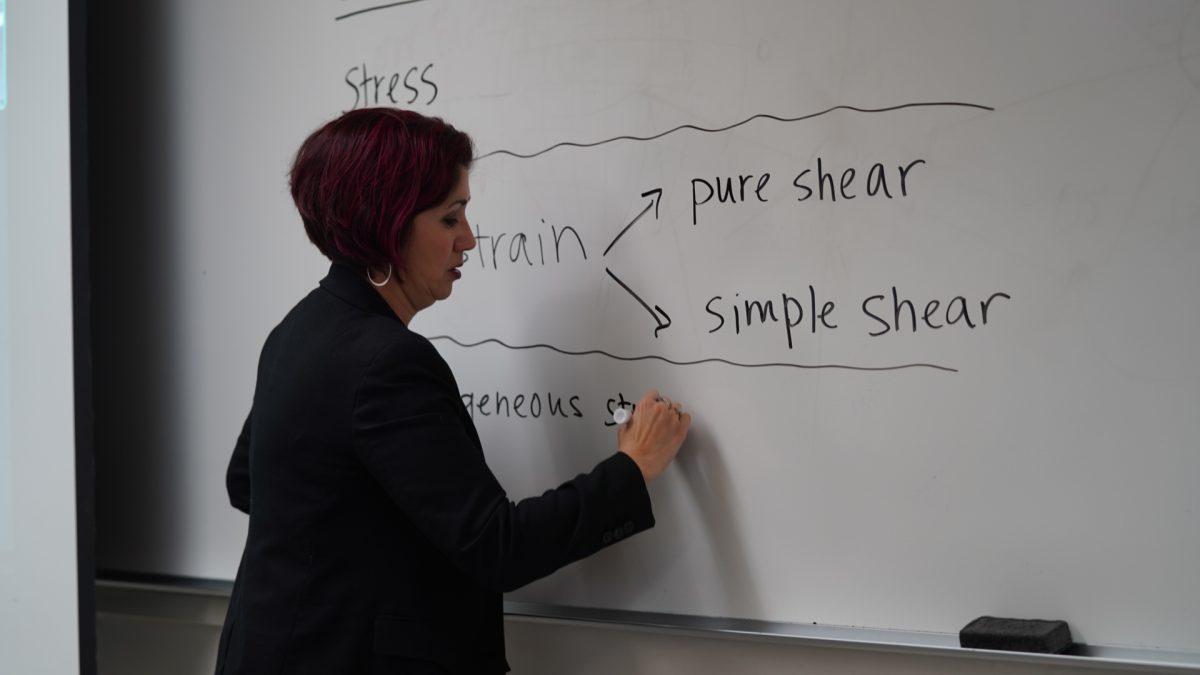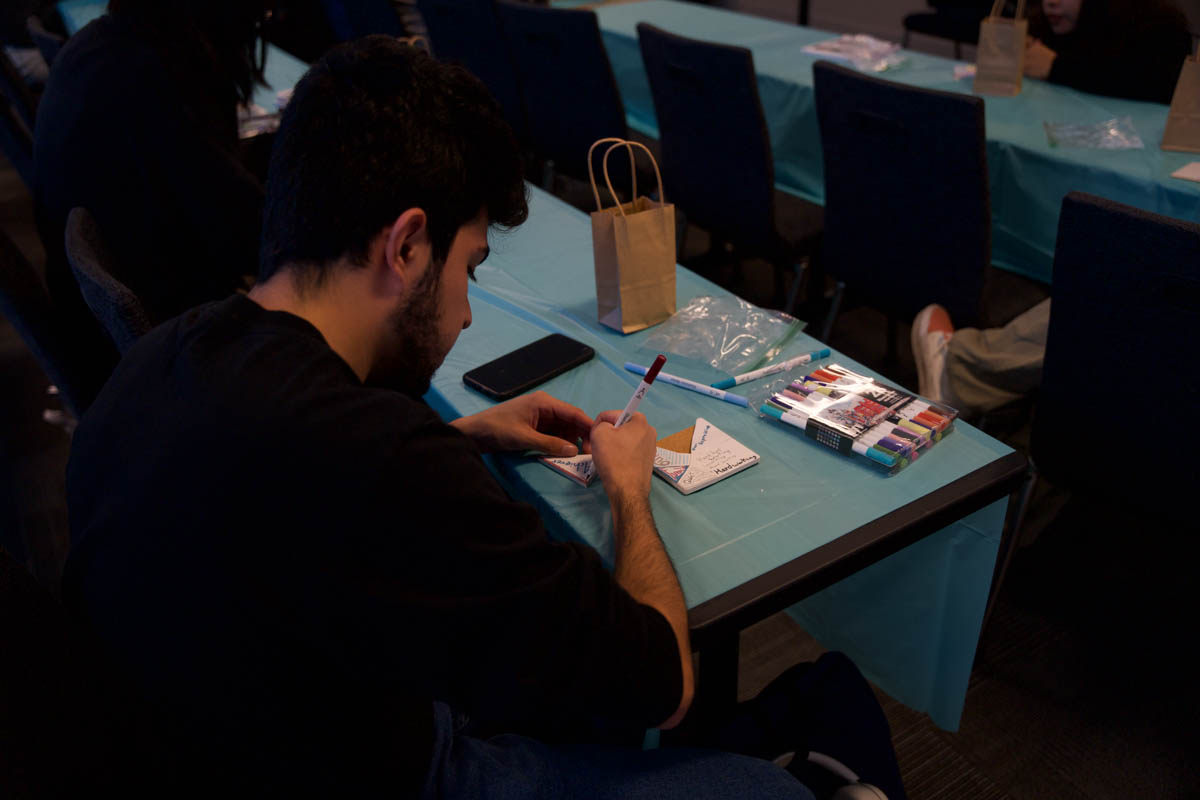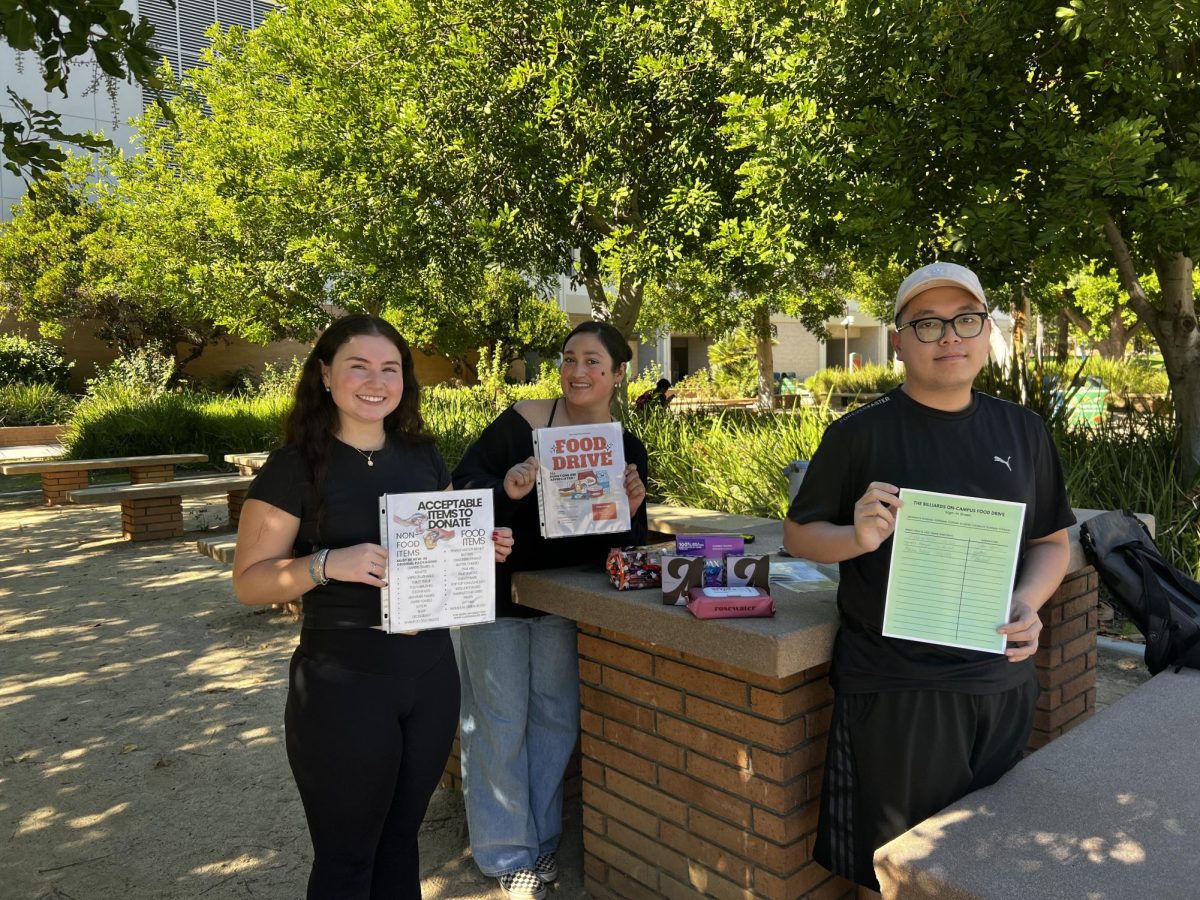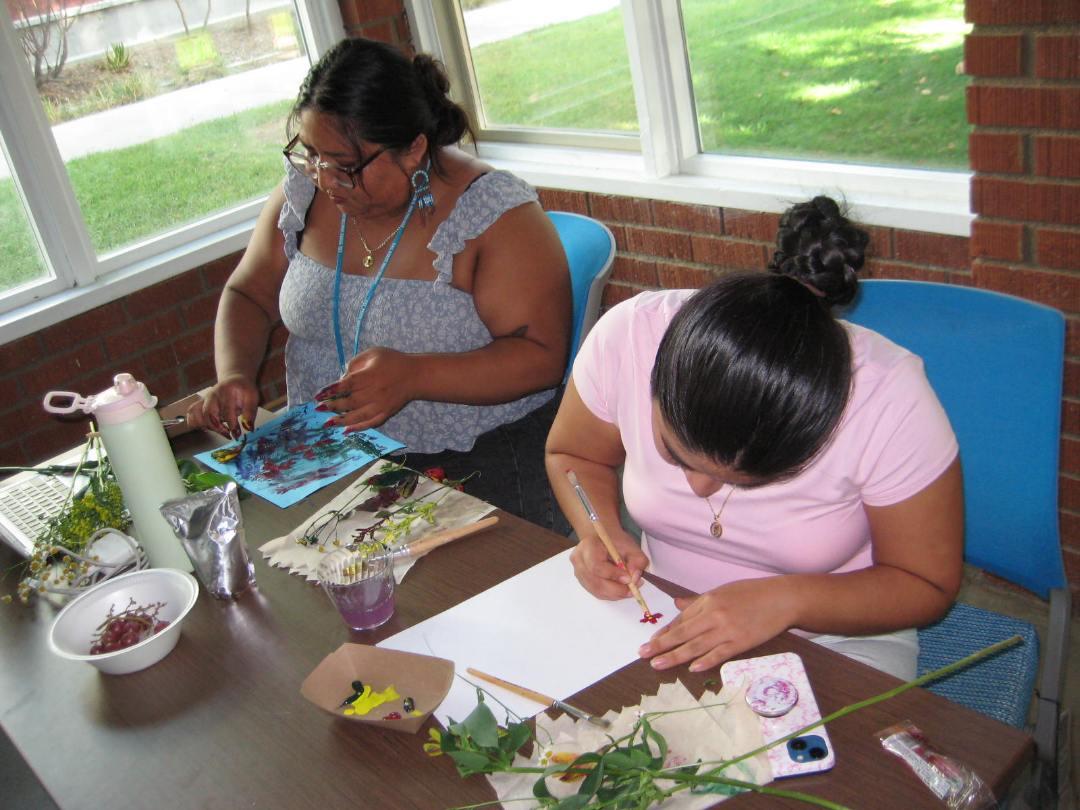Despite being the largest public university system in the United States and having one of the highest populations of Latinx students, Latinx faculty remain underrepresented in the California State University system.
There are only 3,951 Latinx instructional faculty members in the CSU system, according to the fall 2023 CSU Head Count and Distribution, out of a total of almost 28,000.
Over the years, Latinx faculty have endured a series of obstacles in the CSU system as a minority group. Underrepresentation continues to be a major challenge. Despite these hardships, many have remained resilient.
In 2023, more than half of the CSUN student population was comprised of Latinx/Hispanic students, according to CSUN Counts dashboards. Despite being a predominantly Hispanic-serving institute, Latinx educators accounted for only 304 of the faculty’s total population of over 2,000 last year.
Although representation is low, CSUN Latinx faculty members can be found in all nine of the university’s colleges.
Currently, the college with the most Latinx representation is the College of Humanities, with 90 faculty members. The college with the least is the College of Business and Economics, with only five faculty members.
For some Latinx educators, like Elena Miranda, a professor of geology in the Department of Geological Sciences, the lack of representation in certain colleges can feel isolating.
“The farther I go in academia, it gets less and less diverse,” the professor said. “So, the challenges of teaching and being in this environment is that I have to be one way with colleagues in a predominantly white environment and then when I go into the classroom, I’m around a lot of students at CSUN that finally look like me… there’s a lot of code switching that happens in that environment.”
Code switching is common among underrepresented groups. It is when a speaker shifts from one linguistic code to another to avoid validating negative stereotypes, according to Better Up. However, it also includes a switch in appearance, behavior, and mannerism.
Miranda is one of 26 Latinx professors that teach in the College of Science and Math at CSUN. For the STEM professor, it can also be frustrating to hear colleagues mispronounce her name.
“My name is in Spanish, it’s Elena,” explained Miranda. “I still have colleagues that can’t say my name correctly, after being there for 18 years. So, that’s incredibly damaging to me.”
More recently, CSUN’s faculty were financially impacted by the lack of increase in wages, resulting in a one-day CFA strike across all 23 CSUs in January. For educators, it was necessary that pay and other working conditions be improved.
Despite the CFA and CSU management reaching a tentative agreement, some Latinx CSU faculty members like Xóchitl Flores-Marcial, an associate professor in the Chicana and Chicano Studies Department, were disappointed by the new negotiations.
“I don’t think that the current tentative agreement provides the type of relief for faculty, especially Latinx first generation, [or] people like me, who are new to this world,” said Flores-Marcial. “Many of us have incredible amounts of student loans that we’ve acquired because we are first-generation [college graduates.] We don’t come from wealthy backgrounds.”
Along with financial hardship and underrepresentation, Latinx faculty have also experienced limited opportunity for tenure and tenure-track positions.
In 2021, Colored Minds launched an advocacy to diversify faculty at CSUN.
Colored Minds Inc. is a student-lead organization that supports dismantling systemic inequalities and disrupting white supremacy within the CSUN system.
In a letter to the editor, the coalition stated, “Faculty hiring faculty is a fundamentally flawed system where you consider that most tenure and tenure-track faculty are white… committee members are oftentimes more interested in hiring people just like them rather than expanding the diversity of their departments.”
Since the advocacy, CSUN has implemented the Provost’s Equity in Faculty Hiring Initiative. Its purpose is to diversify faculty, as well as revise search and screen processes for tenure-track faculty searches. In the last three years, only three more Latinx faculty members have become tenure or tenure-track.
Despite enduring numerous obstacles, for many Latinx faculty, it is the students who make it all worth it.
“We have a lot of students that are extremely diverse in terms of their backgrounds and their experience within the educational system,” Miranda said. “I want to create this environment where all my students can thrive, but they’re all given opportunities to soar…I’ve been able to do that for generations and cohorts of students in my research group. That makes me extremely proud.”

















